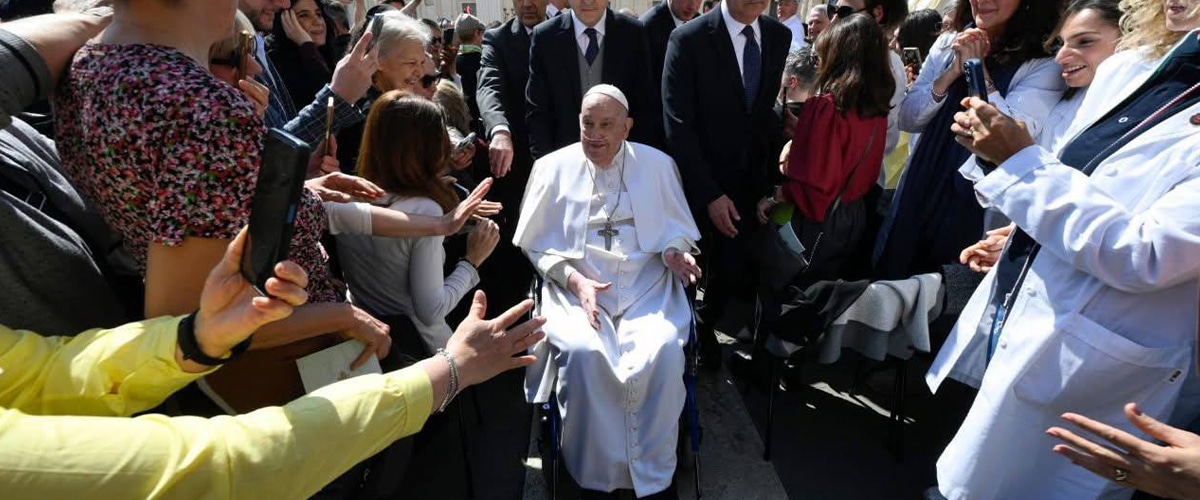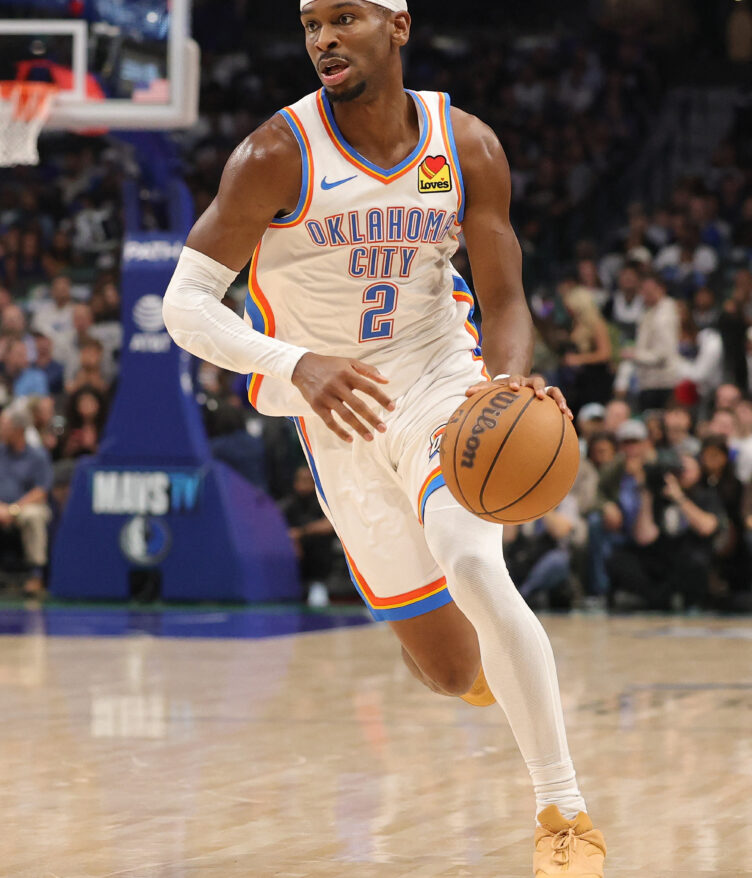ON MONDAY, an unexpected development broke across social media that the ever-inspiring Pope Francis had passed away at the age of 88, having recently battled double pneumonia.
Pope Francis, the latest leader of the Catholic Church, has had a memorable and revolutionary papacy distinguished by reformist principles, a focus on humility, and outreach to society’s margins.
The death of the pope is a moment of immense spiritual, political, and cultural significance for the Roman Catholic Church and the rest of the world, prompting a moment of quiet among the faithful.
However, many Catholics are still wondering what would happen following the pope’s death, particularly regarding ceremonial traditions, the election of a new pope, and the overall outcome for the Church and the worldwide community.
The Solemn Stretch
Following Pope Francis’ death, the first procedure is to verify and publicly declare his death. Traditionally, the Camerlengo of the Holy Roman Church—a cardinal appointed by the pope—fills this position.
The Camerlengo, Cardinal Kevin Farrell, is responsible for confirming the pope’s death, notifying the Vatican and the College of Cardinals, and assuming provisional leadership over the Church’s activities.
Pope Francis’ remains would lay in state at St. Peter’s Basilica, where visitors could pay their respects. Following that is the nine-day mourning period known as Novendiales. During these days, Masses are held every day in his honor.
The funeral usually takes place on the sixth or seventh day. Heads of state, religious leaders from all faiths, and millions of Catholics are set to attend, underscoring Pope Francis’ global influence.
Following the death of the Argetine pontiff, the Catholic Church is currently in the midst of a difficult and sacred process known as Sede Vacante, which translates to “the seat being vacant” or the period between popes.
What’s Next?
During this time, no major decisions or theological statements can be made. The Camerlengo manages the Vatican’s day-to-day activities, but his authority is strictly limited to administrative duties.
The College of Cardinals would then meet to elect the new pope in a millennia-old practice known as the Conclave. Only cardinals under the age of 80 can vote; this group is known as the cardinal electors.
Cardinals take an oath of secrecy, and technological surveillance is prohibited to preserve complete confidentiality. Voting occurs twice in the morning and twice in the afternoon, with votes burnt after each round.
If no pope is elected, black smoke will emerge from the chimney. When a candidate wins a two-thirds vote, white smoke is released, indicating to the world: Habemus Papam—”We have a pope.”
After accepting his election, the new pope selects a papal name and is unveiled to the world from the balcony of St. Peter’s Basilica, approximately 30 to 60 minutes after the white smoke.
It should be noted that the conclave takes place between 15 and 20 days after the pope’s death, while the election of a new pontiff could take place up to 13 days after the conclave begins.
How useful was this post?
Click on a star to rate it!
Average rating 0 / 5. Vote count: 0
No votes so far! Be the first to rate this post.
We are sorry that this post was not useful for you!
Let us improve this post!
Tell us how we can improve this post?







